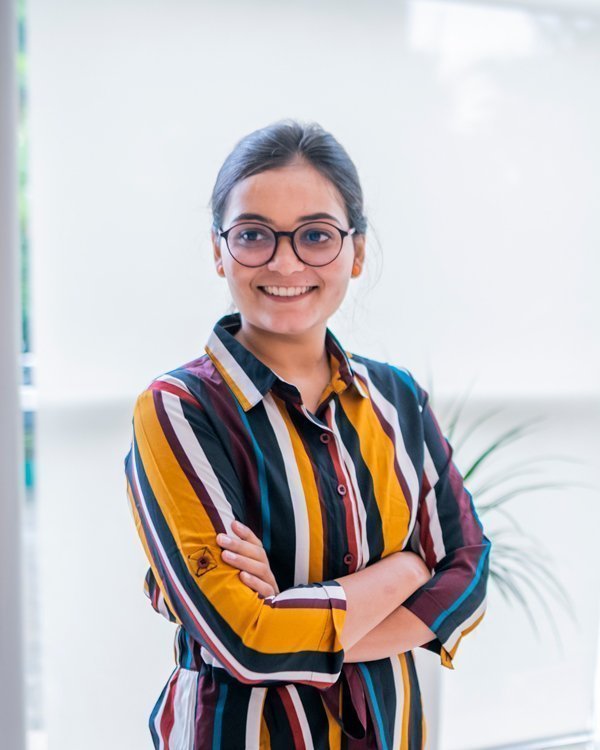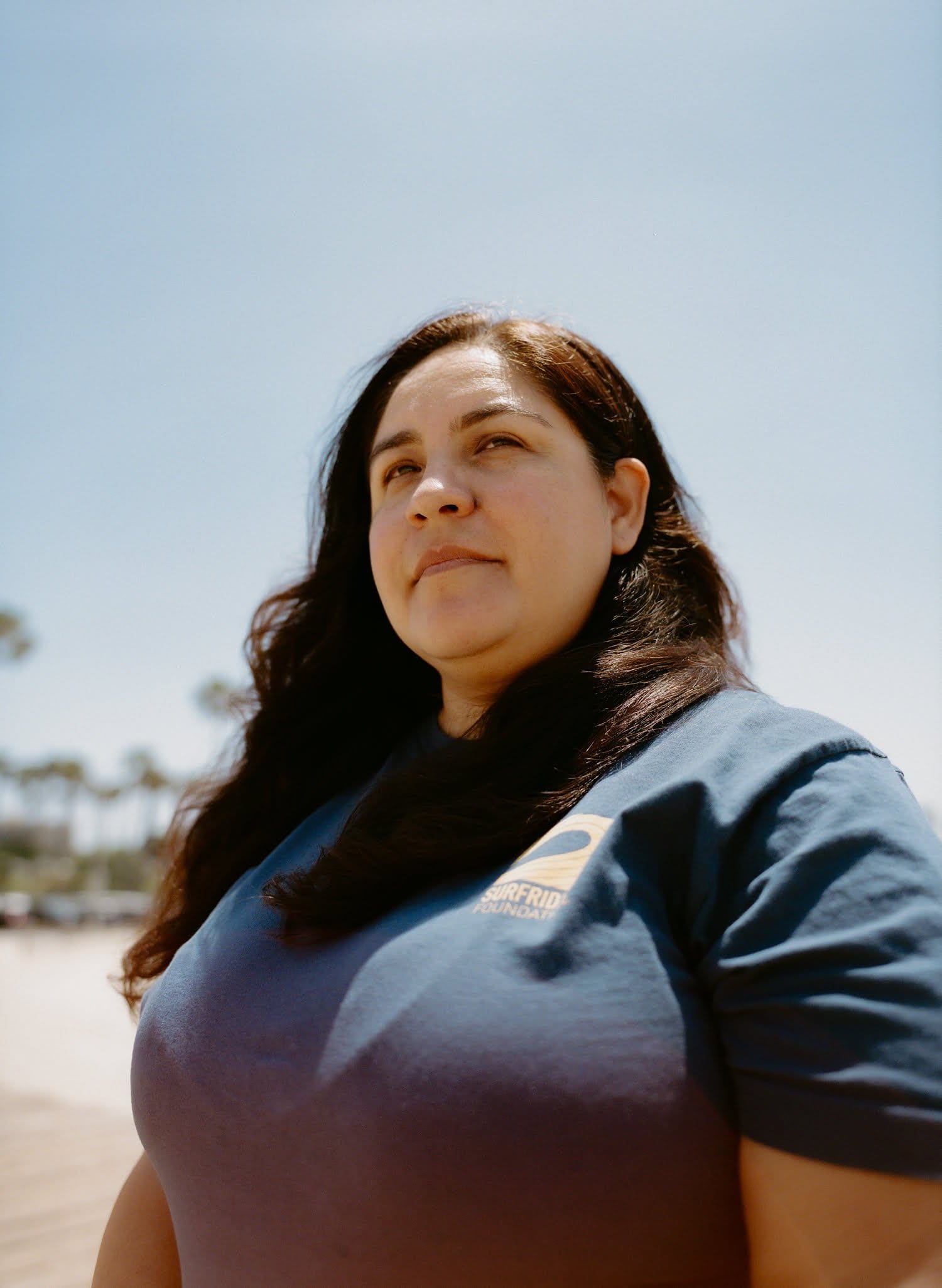The ubiquity of microplastics, and the increasing amounts of plastic he saw littering the coastline of his native Ireland inspired Fionn Ferreira to find a solution.
Microplastics are tiny plastic particles that come directly from the products we use or are created as larger plastic objects break down. They can be very damaging for us and the environment. Tell us about your idea for tackling them.
I invented a magnet-based method that effectively removes microplastics from water. Very simply, we have this mixture [called a ferrofluid] that is magnetic, but it also can stick to microplastic particles. So when we put that mixture in water, it binds to the microplastics, essentially making them magnetic. We are then able to pick them up using magnets.
How did you come up with the idea?
I’ve always been inventing in my backyard and been working on these different ideas. When I started out with this project, I just wanted to investigate how much plastic there was in the environment and to see whether it was getting bigger or smaller. I realised in the process that there was a lot, nobody was doing anything about it and that’s what inspired me to do something.
Then I did lots of tests with filters and sand and all this kind of thing to extract plastics. And I realised that that doesn’t work because the plastics are just so tiny. Like smaller than the width of a human hair; that’s the size we’re talking about. So then I had to think about the chemistry of it. It wasn’t until I actually took out a beaker and mixed my first little ferrofluid [made from vegetable oil and iron oxide powder] and put in these fluorescent plastics, which I could see and watch how they moved, that I thought, oh, this method might have potential.
“For a single pass with our device, we’re seeing an 87% extraction rate.”
How much microplastic can you remove?
A lot of my work has been focused on designing this flow-through device – where water can flow in, pass through the ferrofluid mixture and flow out the other side, hopefully cleaner – and then also the logistics of how you … reuse the microplastic and of course the ferrofluid in that process as well. That took a bit of time. Now we’ve got a prototype that’s on a domestic scale, so about the water volumes that would be similar to running a household.
For a single pass with our device, we’re seeing an 87% extraction rate. But if we put, let’s say, two devices behind each other, we can have much higher, so up to 95-100% extraction.
Support Imagine5
We’re able to tell stories like this because of people like you. Join others from around the world in supporting Imagine5’s mission towards a sustainable future. Join today and receive our latest magazine for free.
You’re now scaling up your invention for commercial use. How’s that going?
We need people to be able to test how efficient the devices are. That is perhaps the biggest bottleneck in terms of the science and engineering. So, we found this principal investigator called Navid Saleh [at the University of Texas] who really specialises in microplastic testing. With him we’ve now done a lot of testing work.
We’re currently seeking investment to bring [the prototype] to a larger scale. Some of the clients that we are in discussions with include beverage companies – so people who want to clean the water for their beverages and then sell them as microplastic-reduced. Think of water companies that sell their water in glass bottles. Another area [that we’re seeing interest from] is for instance private wastewater treatment companies, and of course domestic drinking water treatment as well, also for municipalities.
What we have noticed is that the only municipalities who feel conscious about microplastics and want to do something about it are the municipalities who test for microplastics. Most of them don’t want to test for it because they don’t want to know it’s there. So I think what we need is more people to test for plastics, and like that we can have a much bigger impact.

You’ve won several awards, including the Google Science Fair Grand Prize, and were shortlisted for the Young Inventors Prize 2023. How does that recognition help get your idea out there?
More scientists take me seriously and more people take me seriously. That’s always a good thing to raise funding. I think that if we had enough funding, we could have this [device] at commercial prototype scale in approximately a year, have it tested within a year and a half, and hopefully have it licence-worthy within two years.
“I think that it’s really important that more youth invent.”
You’re passionate about inspiring others to find solutions to environmental problems, particularly children. How do you do that?
I’m currently working on a children’s TV series and book that combine science and entertainment to engage and educate young minds. I think that it’s really important that more youth invent. The earlier we can begin the inventive process not only gives us more time to actually invent but also allows us to utilise more of this kind of fresh mind that hasn’t been tunnel vision trained for years and years.
Cleaning up microplastics is only half the problem. What advice would you give to people who want to produce less plastic waste in the first place?
My advice would be to prioritise reusable products, reduce single-use plastic consumption and support initiatives that promote a more circular economy. Small changes in our daily habits can make a significant difference in reducing plastic waste.
We’re able to share tips like this because of people like you. Join others from around the world in supporting Imagine5’s mission towards a sustainable future. Become a member, or donate what you can. Find out more here.









